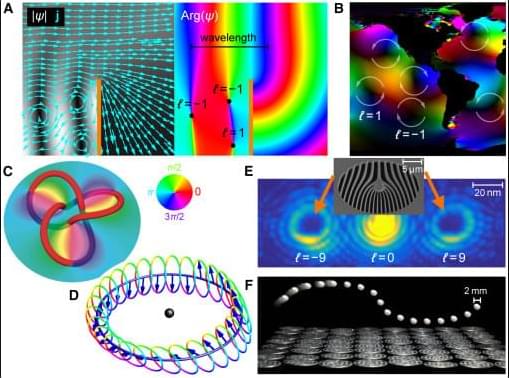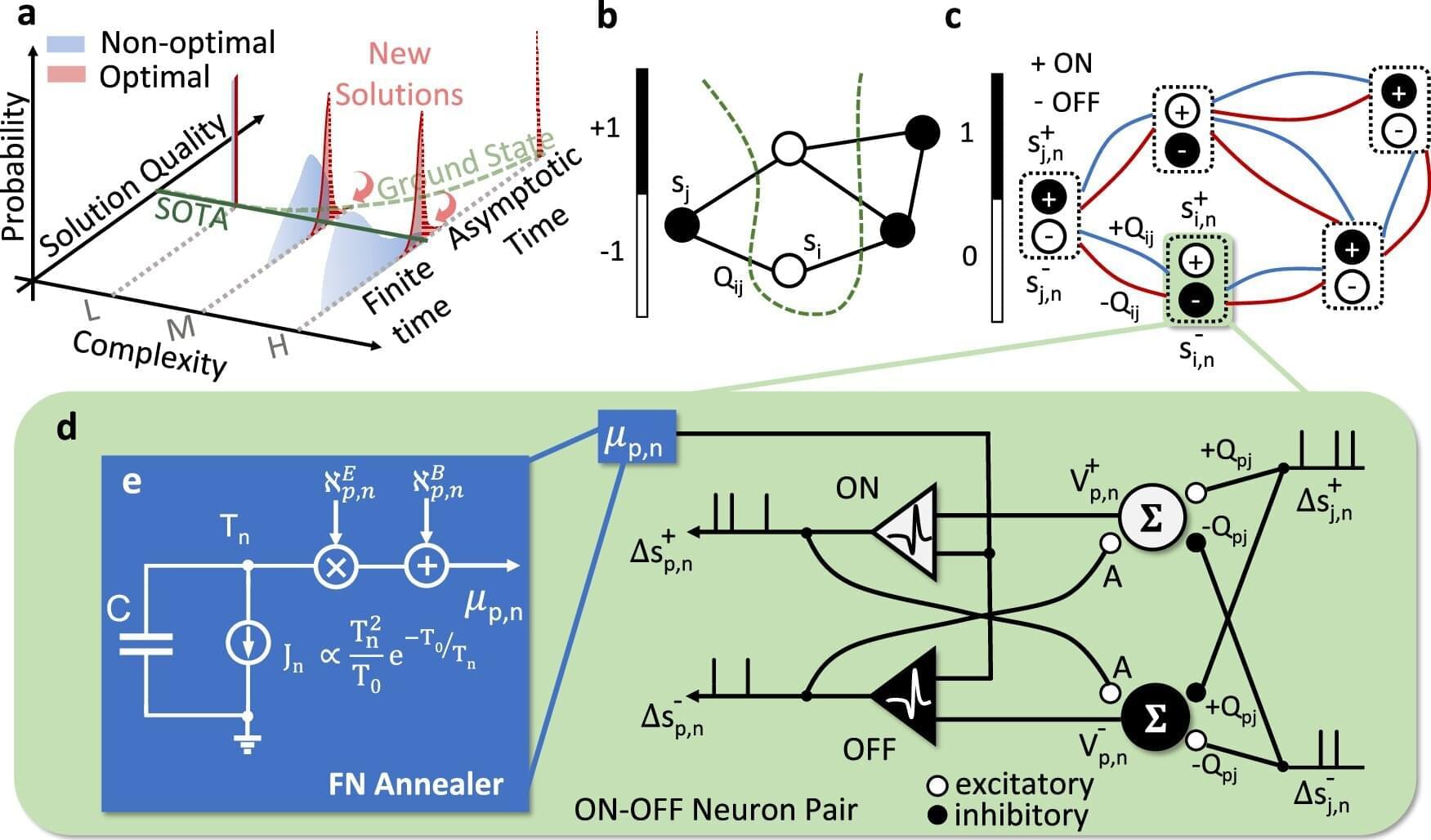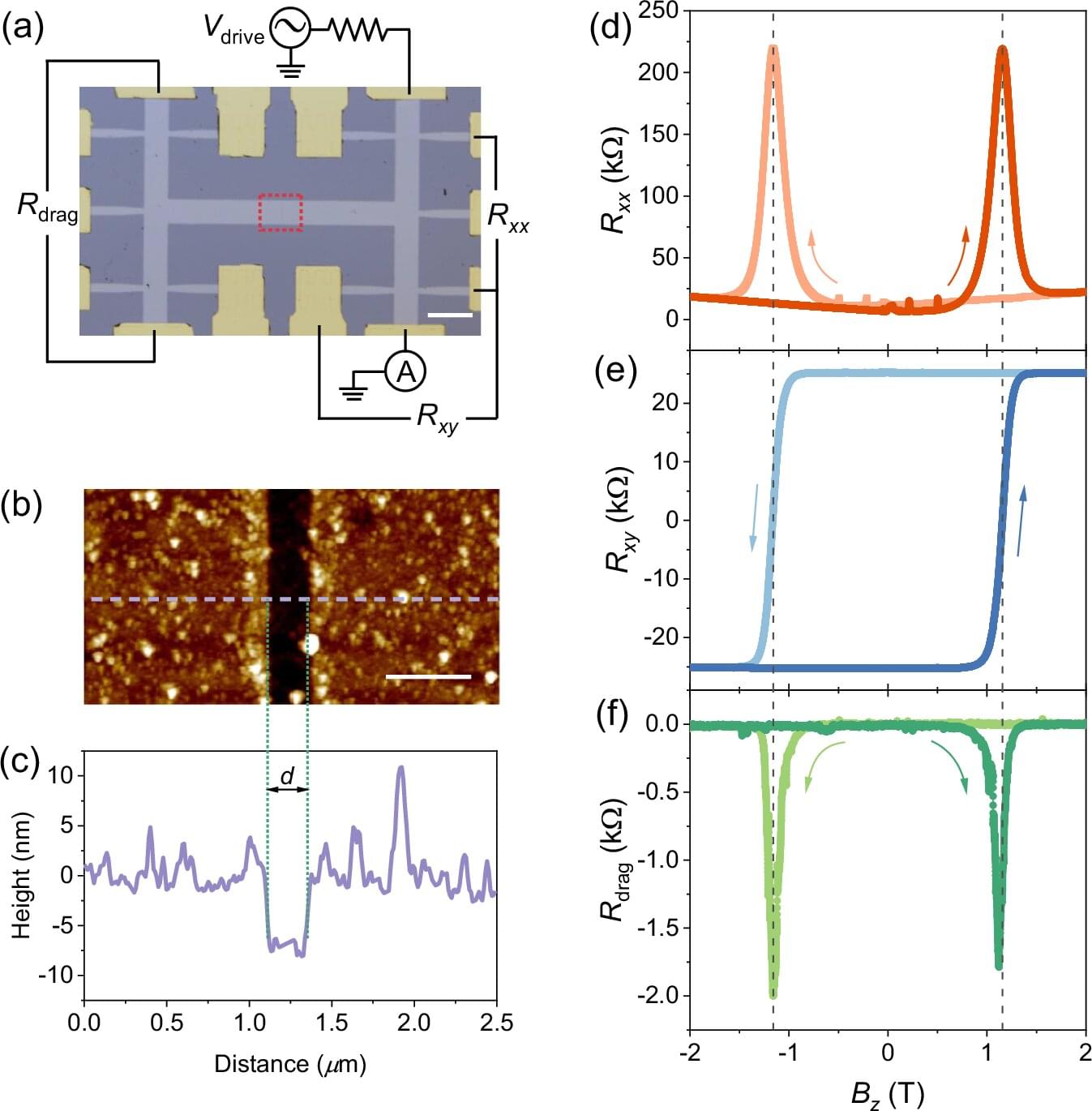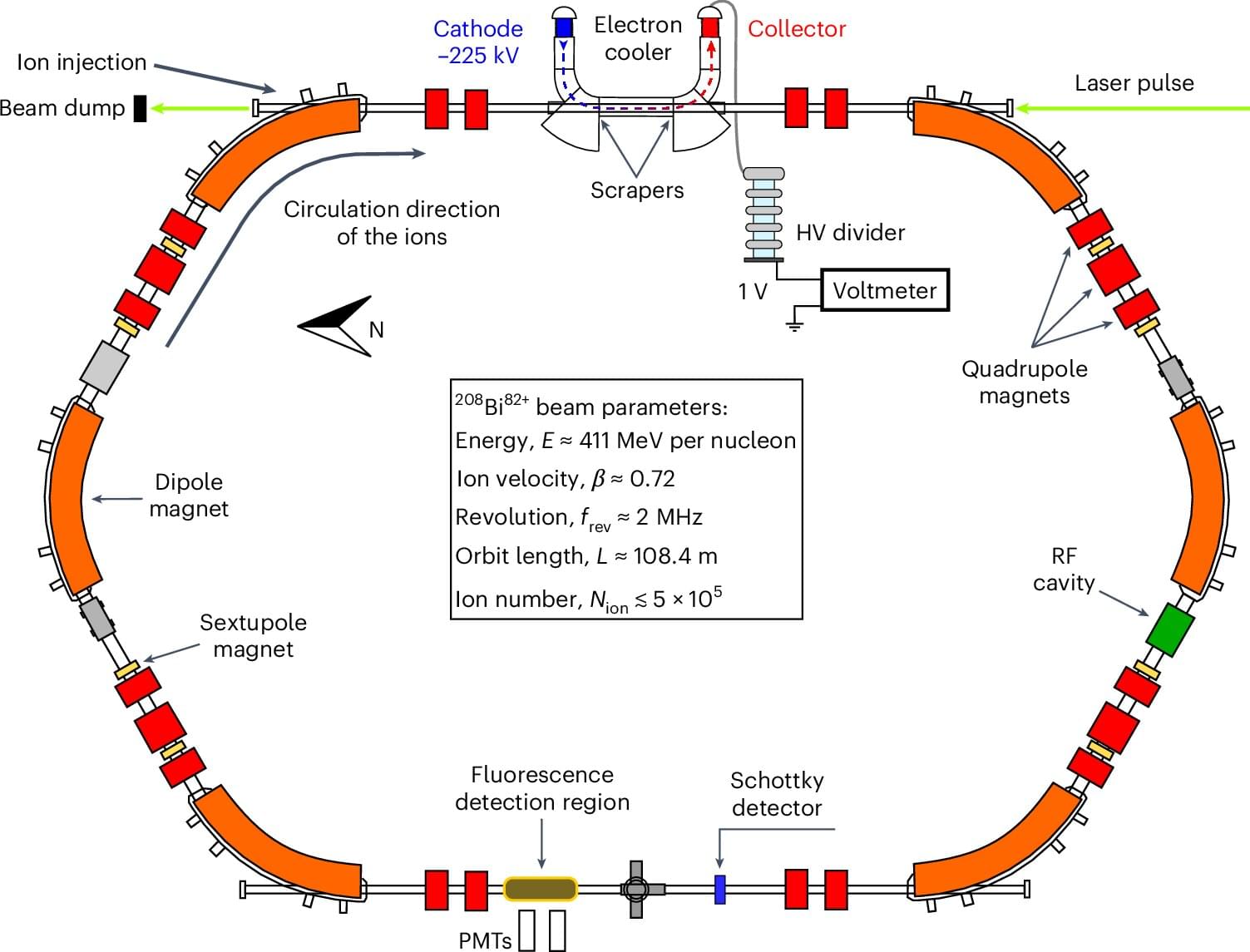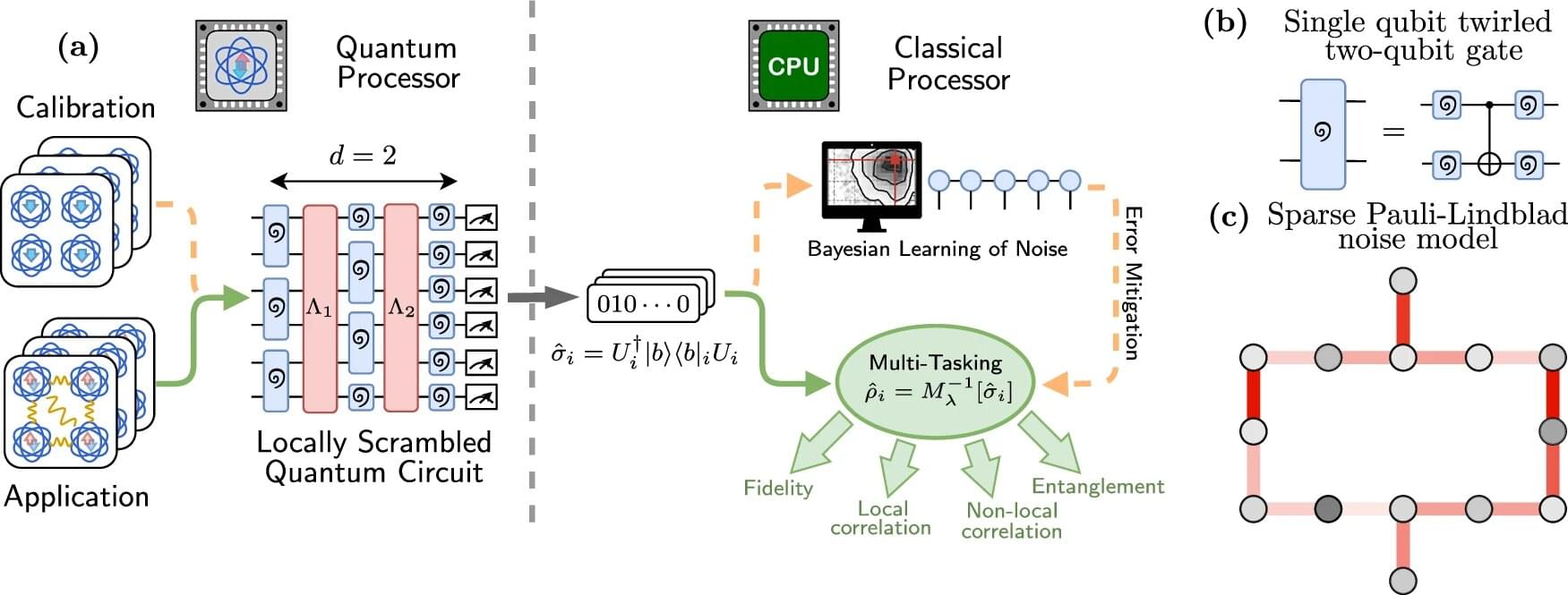It would be difficult to understand the inner workings of a complex machine without ever opening it up, but this is the challenge scientists face when exploring quantum systems. Traditional methods of looking into these systems often require immense resources, making them impractical for large-scale applications.
Researchers at UC San Diego, in collaboration with colleagues from IBM Quantum, Harvard and UC Berkeley, have developed a novel approach to this problem called “robust shallow shadows.” This technique allows scientists to extract essential information from quantum systems more efficiently and accurately, even in the presence of real-world noise and imperfections. The research is published in the journal Nature Communications.
Imagine casting shadows of an object from various angles and then using those shadows to reconstruct the object. By using algorithms, researchers can enhance sample efficiency and incorporate noise-mitigation techniques to produce clearer, more detailed “shadows” to characterize quantum states.
